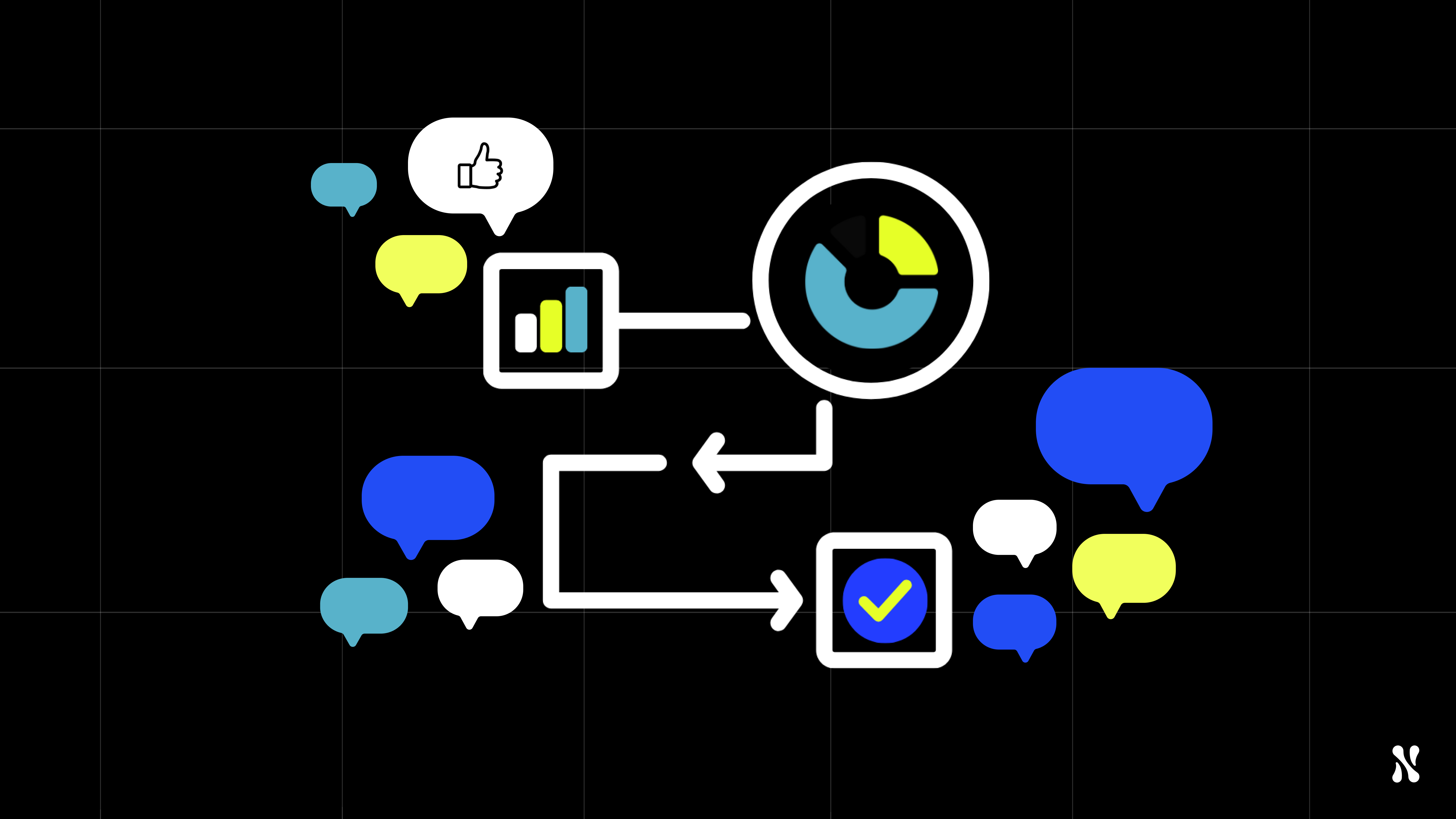Generative AI is reshaping various industries, but as its role grows, so does the importance of understanding AI accuracy. This concept, though crucial, is multifaceted and involves balancing performance with transparency, which is often misunderstood.
What is AI Accuracy?
AI accuracy measures how well a system's outputs align with expected results. It reflects the degree to which an AI’s predictions or decisions are correct and reliable. This is particularly vital for applications like, for example, medical diagnostics and financial forecasting, where precision is critical.
The Complexity of AI Accuracy
Accuracy is not a one-size-fits-all metric. It varies based on the AI model's application and context. For instance, huge deep learning models, with billions of parameters and beyond full human comprehension/ oversight (black-box models) may excel in handling complex data but are harder to interpret, while simpler models, where the full scope of the rules that determine the outputs can be understood (white-box models) are more transparent but might not always match the accuracy of their complex counterparts.
The Accuracy-Explainability Tradeoff
Research challenges the notion that there’s a necessary tradeoff between accuracy and explainability. Studies have shown that in many cases, simple models provide accuracy comparable to more complex, opaque ones. This means that organizations don’t always have to choose between understanding how an AI system works and benefiting from its high performance.
With Language models, there’s a big debate whether to adopt generally better large language models (LLMs) that consume a lot of computing resources and are hard to explain, or to go with smaller language models, that may do as good of a job when trained specifically for a use cases, while consuming less resources.
Metrics
To assess AI accuracy, several metrics are used in Machine Learning, including:
- Accuracy: The proportion of correctly predicted instances out of all instances in the dataset.
- Precision: The proportion of true positive predictions out of all positive predictions made by the model.
- Recall: The proportion of true positive predictions out of all actual positive instances in the dataset.
Benchmarks and leaderboards have become very popular and helpful in comparing different AI models.
The Importance of Transparency
While technical performance is crucial, transparency also plays a key role. For sensitive applications, such as hiring or financial decisions, understanding how decisions are made is vital to maintain user trust and comply with regulations. Transparent models often help in building trust and ensuring fair decision-making.
The EU AI act is a must know regulation framework around transparency.
Enhancing AI Accuracy
To address the challenges of balancing accuracy and transparency, Nebuly offers solutions that integrate advanced analysis tools and user feedback. This approach helps maintain high accuracy while ensuring models are understandable and user-friendly.
Conclusion
AI accuracy is a multifaceted concept involving both technical performance and transparency. While complex models can offer high performance, simpler, more explainable models can often provide comparable accuracy without sacrificing trust. Solutions like those offered by Nebuly demonstrate how to effectively balance these factors, ensuring both high performance and user confidence.






